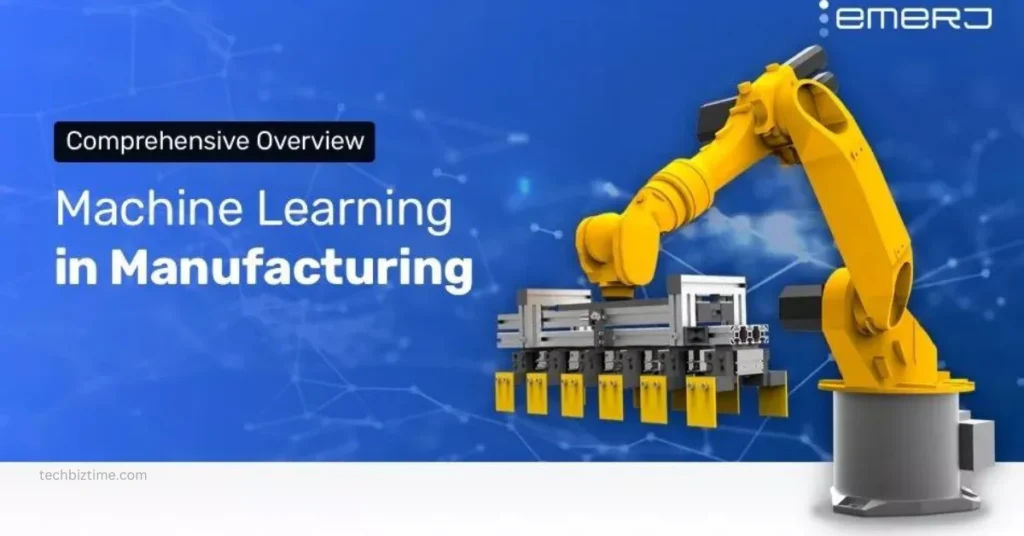As computers and their programming get more sophisticated. We can better define their use and get the most out of their systems. One of those refinements is the use of computers to determine sweeping trends and use in problem-solving versus quality assurance and general guidance. By differentiating between the electronic systems to make the most of those systems. We can accomplish a lot more in the workplace.
The Difference Between the Two Types of Vision?
Computer vision was originally limited to the imaging of specific shapes. But quickly became a way to analyze a situation and determine the trends applicable to that situation. By using the computational power of an electronic system. The computer can use simple information and use that to extrapolate trends into the future. While this is essentially guesswork. It is some very accurate guesswork and can be used for a wide range of tasks ranging from creating a picture from limited information to helping plan financial, military, and medical strategies.
Conversely, machine vision, or machine learning, is far more specific: While computer vision looks at the entire situation, the machine merely looks at the image of each item as it passes into view, analyzes it based on the criteria it was given, and advises the operator on what should be done with the item. In some cases, the machine can do this itself, especially when the conclusion is black and white, requiring no input from a human user. In essence, you can look at computer vision as one that acts as an adviser to the factory management while the other is a floor worker making sure that everything keeps running.
The Practical Applications of That Difference
By knowing the difference between computer and machine vision, one can better use the two to help run a business. As the range of use for the former is too extensive to be covered here, it is worth looking at the other. deploy machine The latter is best used for quality assurance, deploy machine inspection, and general guidance.
As an inspector, the machine can quickly look at something and decide if the item is up to standards and either eject from the line immediately or ask for human advice. If the machine is set to automatic. Then this can lead to thousands of inspections per minute, and even grains of rice can be inspected and ejected with a puff of air. For quality assurance. The machine can test certain aspects of the product itself or act in concert with a human to show irregularities in the product. deploy machine Lastly. The machine can offer guidance by analyzing an image based on criteria. It can suggest options for the product in question.
The Long-Term of This Learning
By eliminating some products immediately, factory owners eliminate bad products from the line, sometimes even before assembly has begun. For food production, once the machine knows what to look for. It can help keep unhealthy or low-quality ingredients from being given to the consumer. Thus helping to create a higher-quality product as well as encouraging consumer confidence in the product. This helps to increase the popularity of the product and the profit associated with the product.
Machine learning is also for better automation of the process. While the initial cost of the machinery may be greater than machinery without the inspection equipment. It does mean that fewer workers are involved. Not only does this eliminate labor costs but also the secondary costs of that labor. Such as insurance costs for accidents and other costs. This means that the factory owner should be able to save on a variety of costs and both pass. That savings on to the consumer as well as make the product more profitable.
In short, by defining how we use the system. We can obtain better quality information. At least as defined by what we need it for. Sometimes we do not need a full analysis having access to a full analysis of the situation. The ability to determine the trends is not going to help in determining. Whether or not a specific product is defective or not. By use the system most appropriate to the situation at hand, and therefore take advantage of the technology we can access.
